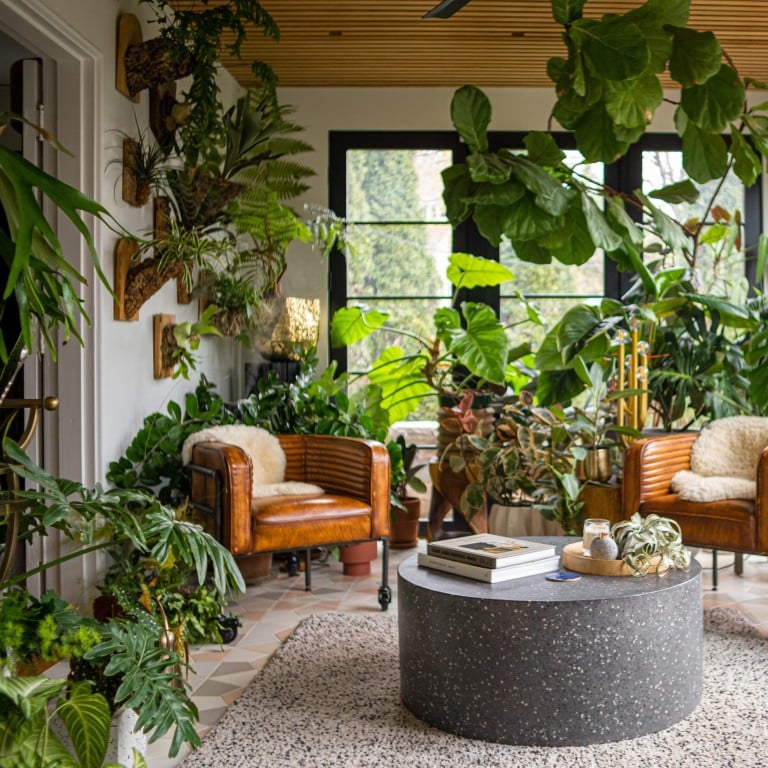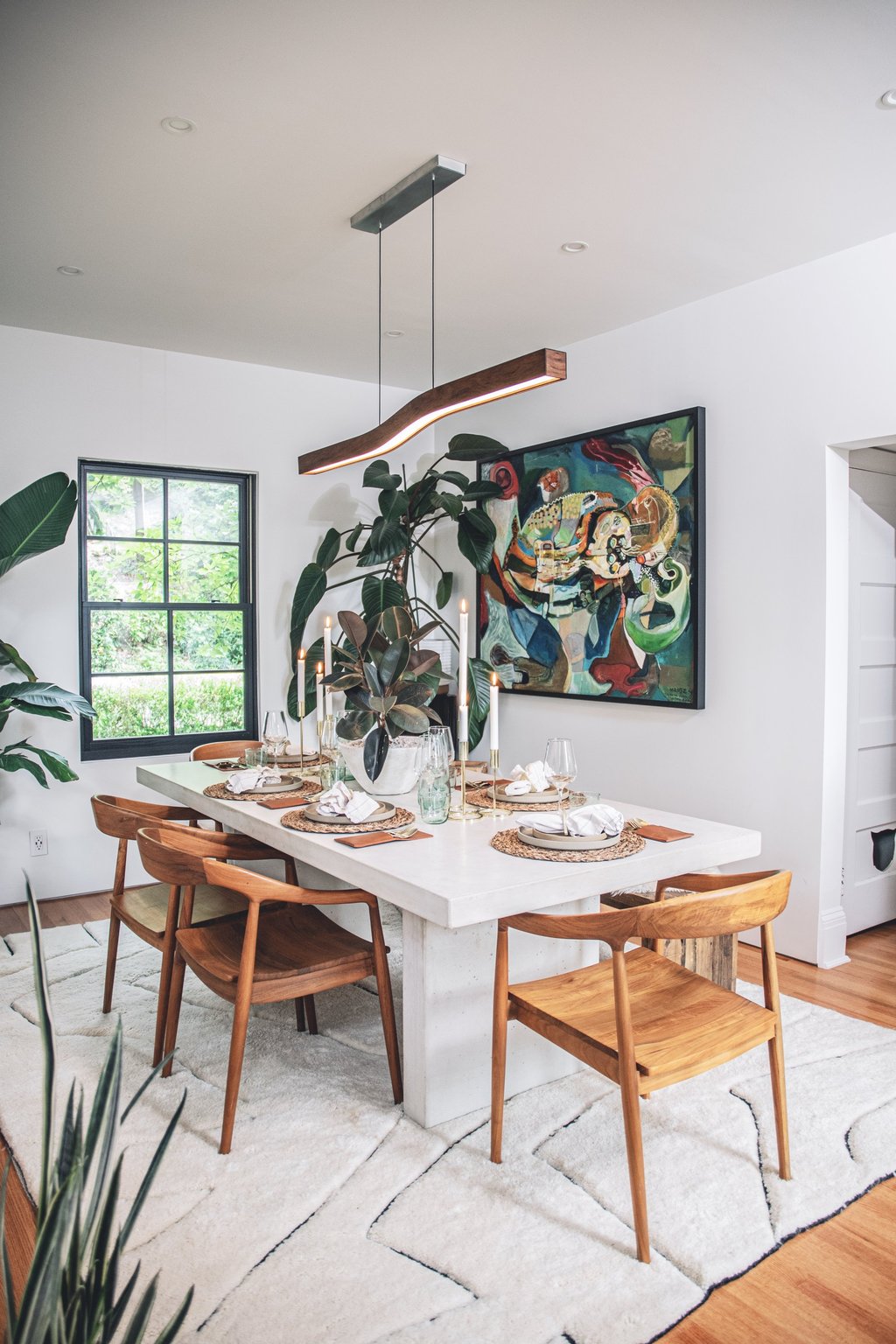Is plant styling the next big interior trend? Instagram and Pinterest made the humble house plant part of every hipster’s dream decor – experts pick 5 low-maintenance options to get you started

- Architectural Digest magazine, and plant styling feeds on Instagram and Pinterest, are making house plants more popular than ever – read on for the basics and some low-maintenance ideas of where to start
- We got tips from experts including The Propagation Handbook author Hilton Carter and Quest Terrarium founder Tim Wong – who curated the greenery for Hong Kong’s Soho House
Have you ever walked into a room and thought there was something missing? While the world of interiors is currently dominated by trends such as bold colours, textured wallpapers and eco-friendly materials, there’s still one tried-and-tested essential that designers return to time and again to bring that final flourish to a space: lush greenery.
Adding a green touch to your home has become more popular than ever as magazines like Architectural Digest, and feeds on Instagram and Pinterest, highlight the power of plants as an important home styling tool.

“Plants and interior design have always gone hand in hand for me. Houseplants can provide so many benefits – like their air purifying properties, flexible styling and sustainability, and the connection we have to plants goes back centuries,” says American plant stylist Hilton Carter, who has written several books about the topic, including his most recent, The Propagation Handbook.
“In the busy world we live in today, we have become disconnected from our roots – quite literally. Adding a plant in a home adds a liveliness to the environment. When a plant thrives in your home it’s a sign that it is a welcoming and nourishing place,” he says.

While incorporating greenery into a personal space may sound simple, the sheer availability and wide range of flora on offer have made choosing the right plant more complicated than it used to be. While low-maintenance and easy-to-care-for varieties such as the snake plant or the aroid family used to be foolproof options, experts are also advising clients to consider various factors before going green.
“First thing’s first – all plants need a few basics to survive: light, air flow, soil, water and care. This is why placement and how much you are willing to care for a plant is important. You don’t want it to be a chore,” says Tim Wong, founder of plant styling company Quest Terrarium and newly launched website Quest Plants & Supply.
“I recommend starting out with maybe two or three plants maximum. While many people tend to choose one plant as a focal point, I also like the idea of combining multiple plants in one area – say, a short and tall, or a medium and short. That way there is some sort of balance,” he says.

Wong says clients should also consider what mood they want to create with their greenery. For a more minimalist setting, succulents or plants with structural or clean lines are ideal, while those wanting to create a more bohemian vibe can opt for tropical or subtropical varieties such as bird of paradise or beetle peperomia. Wong also highlights what he calls “edgy” or character plants, such as the Australian bottle tree or the dragon tree (Dracaena marginata), current favourites with his clients.